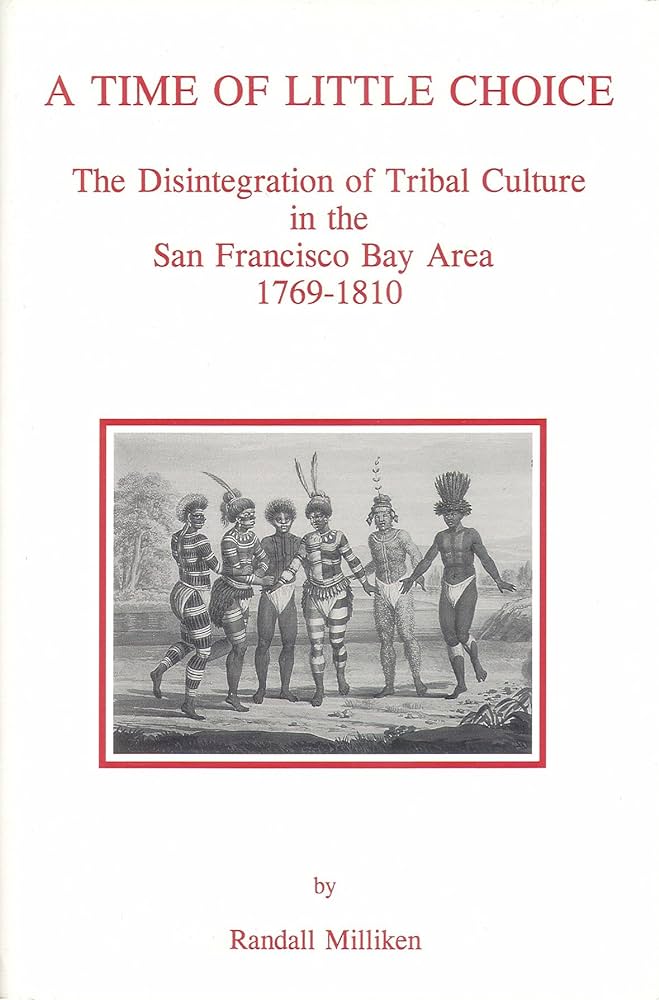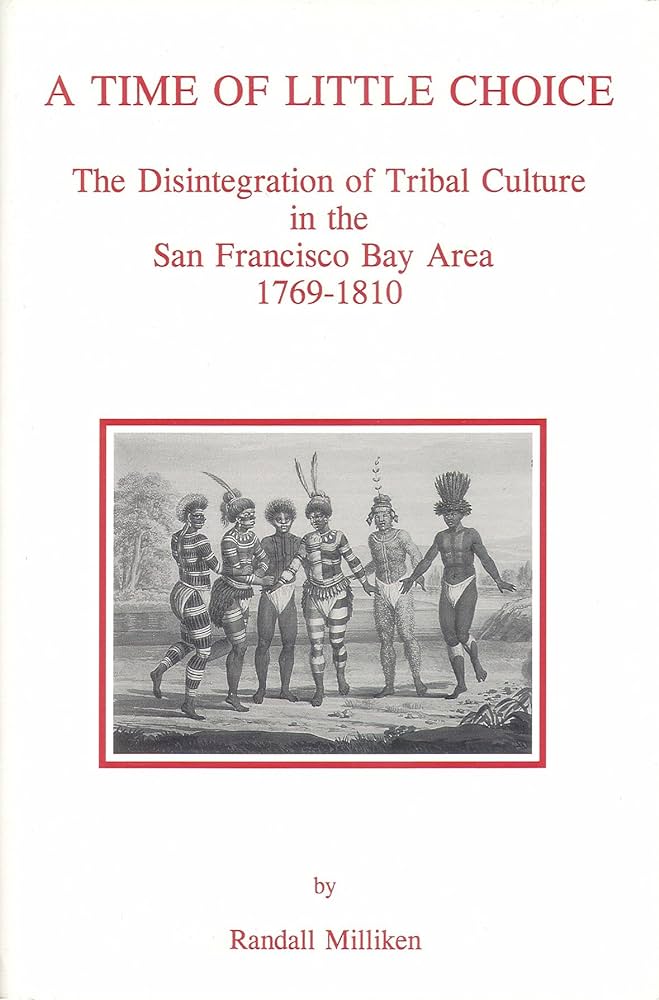Malki Ballena Press
A Time of Little Choice - Soft Copy
A Time of Little Choice - Soft Copy
Couldn't load pickup availability
A Time of Little Choice: The Disintegration of Tribal Culture in the San Francisco Bay Area 1769-1810
By Randall Milliken
A Time of Little Choice describes the independent Native American nations that lived in the Bay Area, their reaction to Spanish influence, and their choices when confronted with the mission system. It studies the circumstances under which tribal members joined missions, and recounts their subsequent experiences. Appendices offer an encyclopedia of tribal groups, information on mission populations and baptisms, and translations of 24 documents written by Spanish military and church officials. “In 1770 the political landscape of the San Francisco Bay region was a mosaic of tiny tribal territories, each some eight to twelve miles in diameter, each containing a population of some two hundred to four hundred individuals. By the year 1810, only forty years later, the tribal territories in all but the most northerly reaches of the San Francisco Bay region were empty. The change began when Spanish colonial explorers passed through the region in the year 1769. Soon after, in 1776 and 1777, the Spanish invaders founded the missions of San Francisco de Asis and Santa Clara, respectively. “Over the succeeding decades people from one local tribe after another left their villages and moved to the missions. The story of tribal disintegration in the Bay Area is a complex one. No two tribal groups were confronted by the choice to join the missions under exactly the same set of circumstances. There was, however, a common experiential thread over the forty years; each tribe left its homeland for the missions when a significant portion of its members came to believe that the move was the only reasonable alternative in a transformed world. They were not marched to the baptismal font by soldiers with guns (cf. Cook 1943:74).


